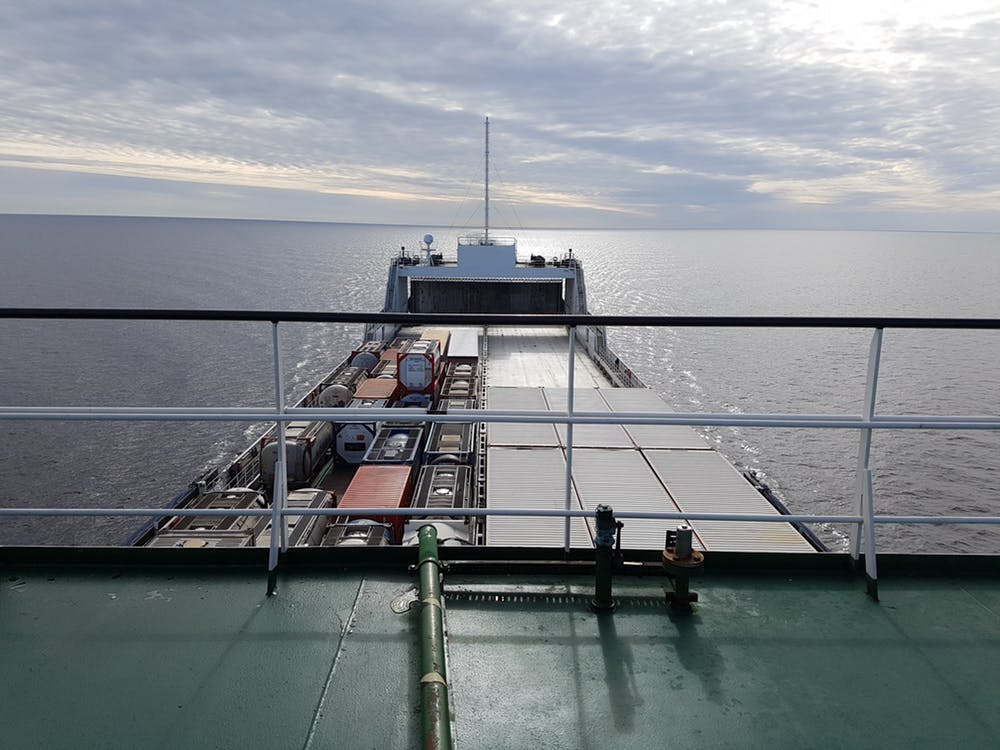Managing your supply chain from end to end doesn’t have to be frustrating and time consuming. Set some best practices for your global supply chain management. We recommend keeping collaboration, trust, and accuracy in mind. You’ll improve your inventory turn and pre-planning capabilities as a result.
We've compiled our go-to best practices for supply chain management. And we’ve included even more tips on ocean shipping best practices in our free eBook.
Read on for tips on record keeping, setting vendor expectations, and navigating customs.
.jpg?width=1200&height=800&name=SHIPPABO%20(1).jpg)
Optimize Your Global Supply Chain Management
Record Keep Diligently
Some aspects of your supply chain will remain out of your control without a solution. But you can maintain some form of control by maintaining scrupulous records via spreadsheets and reporting inputs.
Other simple ways to keep track of all the details:
- Request information as early as possible along each stage of your shipment
- Set a turnaround time for updating info into your internal systems (for example, two business days from obtaining new information).
- Keep records in a shared system of some sort, so your team isn’t constantly swapping the most recent version
Invest Time In Building a Vendor Manual
Vendor manuals act as a guideline for your vendors and can serve as a point of reference if miscommunications arise. Building your vendor manuals helps set expectations for a healthy relationship.
Plus, everyone operates on a different time zone. A good manual can answer questions without waiting for email responses.
We recommend that, at the very least, your vendor manual include:
- Packaging instructions
- Sampling instructions
- Testing instructions
- Contact list: Who to contact and when
- Booking instructions: How to book containers, air shipment, ocean shipments, etc.
- The process for getting paid and submitting necessary documentation
- How to use the product (include information on specs, labeling, and brands)
Cross Your T-s and Dot Your I-s Before Going to Customs
Remember that government entities are here to support businesses and help them grow. U.S. Customs & Border Protection (CBP) is here to help; it’s in their best interest to generate more tax revenue and bring in more products.
Above all else, remember that CBP cares about following the best practices they have set. So to avoid having issues and delaying your shipment, double and triple check that you have the right info in the right manner. Ask yourself:
- Is my invoicing correct?
- Do my cartons match what I’m shipping?
- Am I packing my products with the correct packaging?
- Is my container well organized?
- Have I classified my product correctly?
This recommendation may seem simple. But there are so many moving parts in your shipments — double checking everything will save you time down the road.
You can access quite a bit of knowledge around CBP expectations and best practices on www.cbp.gov.
Choose Containers With Your Timeline In Mind
Because CBP exams happen at random, there’s not much you can to do avoid being selected for one. Choosing your container types is one way to try and avoid being stuck in an exam — and helping to keep your shipment on track.
If you’re shipping anything that is 60% or more of the container size, consider shipping via Full-Container Load (FCL) instead of a Less-Than Container Load (LCL).
With FCL, you have full control over what’s in the container. How you label, pack, and classify the container’s cargo is entirely within your control, because the container only contains your cargo.
With LCL, you mix various company’s products and so you lose some level of control. Other businesses may not have labeled, packed, or classified their cargo correctly. And so, if they get flagged for an exam, your cargo is delayed too.
FCL may come with a higher cost, so weigh the cost against the possible delays when making your decision.
Get more tips in our free eBook to optimize your global supply chain.


